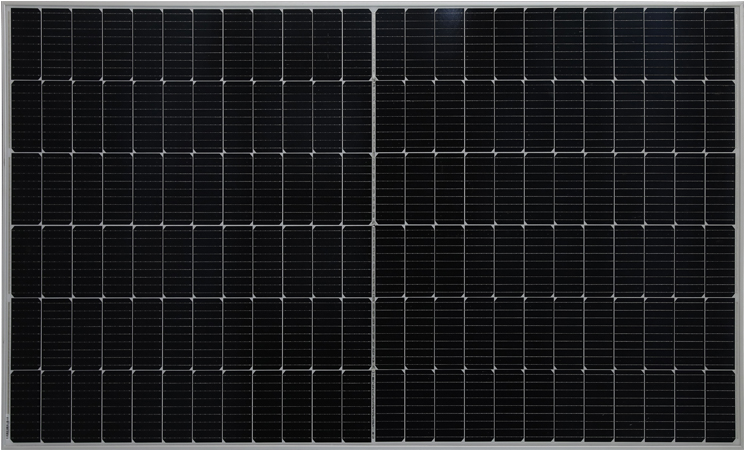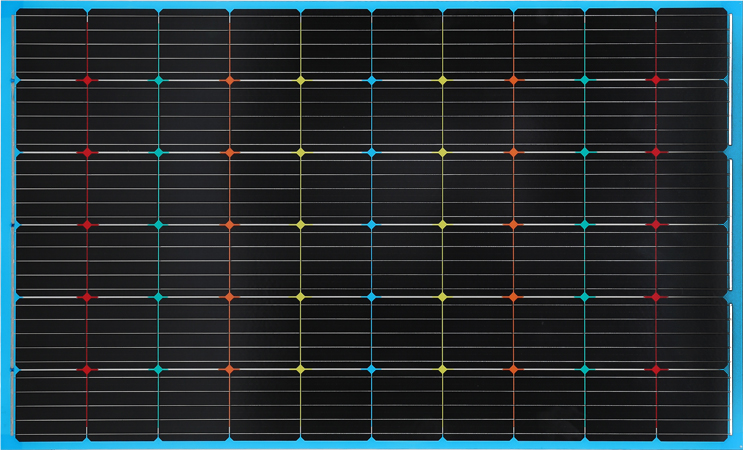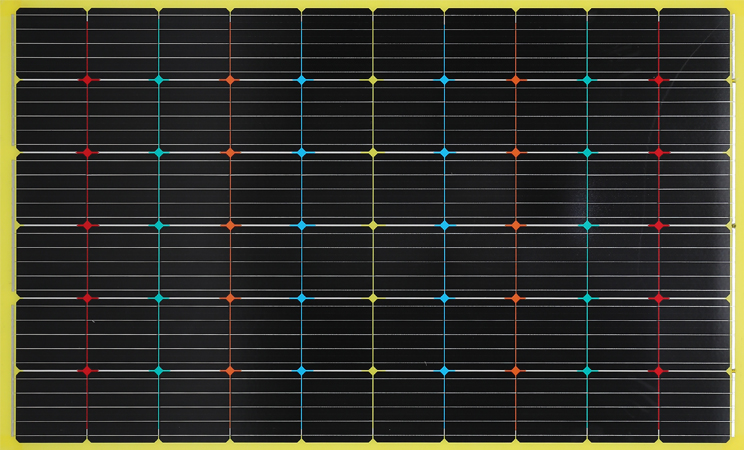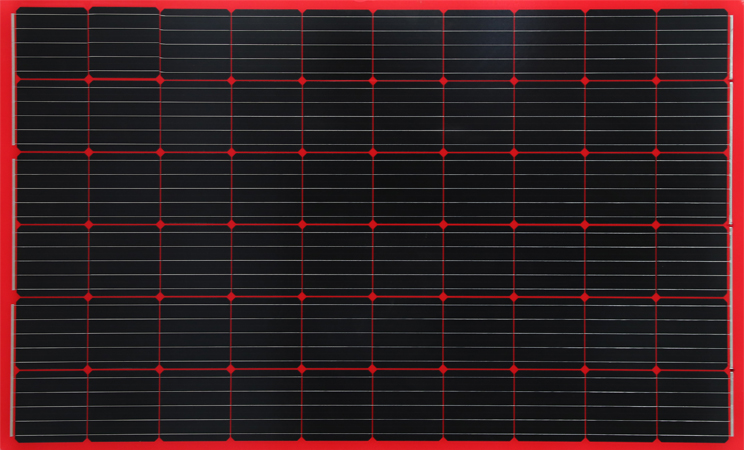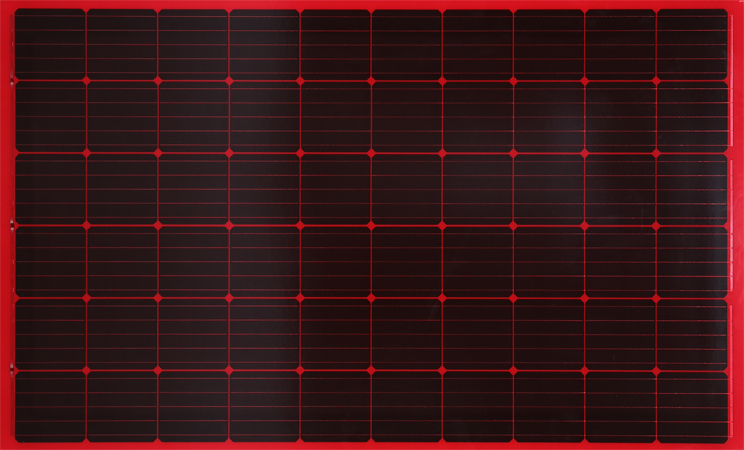PV solar panel convert the sun’s energy into electricity. This is an alternative form of renewable energy that has no negative effect on the environment and has many benefits for homeowners. There are many different types of PV solar panels on the market today from hundreds of brands. These solar panels can vary in efficiency, power output, warranties and more. By using a free and abundant resource like the sun, consumers can save money on their utility bills and reduce their carbon footprint.
Solar PV systems generate electrical energy by converting sunlight into direct current (DC). This DC current is then converted to AC current by an inverter that is an integral part of any PV system. The inverter is then used to power appliances and other equipment with the electricity that is produced by the solar PV system. The inverter is a vital component of a PV system because it adjusts the parameters of the solar panel’s electricity output to meet specific electric power needs.
The core of a PV solar panel is a semiconductor cell, which is a piece of crystalline silicon material with two layers. Crystalline silicon on its own is not a very good conductor of electricity, but when impurities are added to the silicon—a process called doping—the semiconductor is made to conduct electricity. The bottom layer of a semiconductor is typically doped with boron, and the top layer is usually doped with phosphorus. These two layers of silicon are sandwiched together with a glass front and back to make a photovoltaic panel.
A PV solar panel can be either monocrystalline or polycrystalline. These two types of PV solar panels differ by the type of silicon and by their production methods. Monocrystalline silicon cells are the most common and recognizable by their rich black color and sharp edges. They are the most efficient at converting sunlight into electricity, with top modules reporting efficiencies of 23 percent in laboratory tests. Polycrystalline silicon solar cells are made from molten silicon cast into ingots and then sliced into squares, which results in lower module efficiencies of 18-21% but is less expensive to produce.
Other key components of a PV solar panel are combiners, disconnects, breakers and meters. A combiner combines the current from multiple solar panels into one large circuit, which is then fed to an inverter. A disconnect is a switch that allows you to manually shut off your inverter. A breaker is designed to trip and protect the system from overcurrent and surges. An electric meter measures both the incoming energy from the power grid and outgoing energy from your solar PV system.
Finally, a racking system holds the PV array in place. The racking system is usually fixed to the roof with ballast or mechanical anchors. Alternatively, the PV array can be mounted on ground-mounted trackers. These tracks are engineered with motors and sensors that capture the Sun’s movement throughout the day to generate more energy at a higher cost than conventional non-tracked solar systems.

